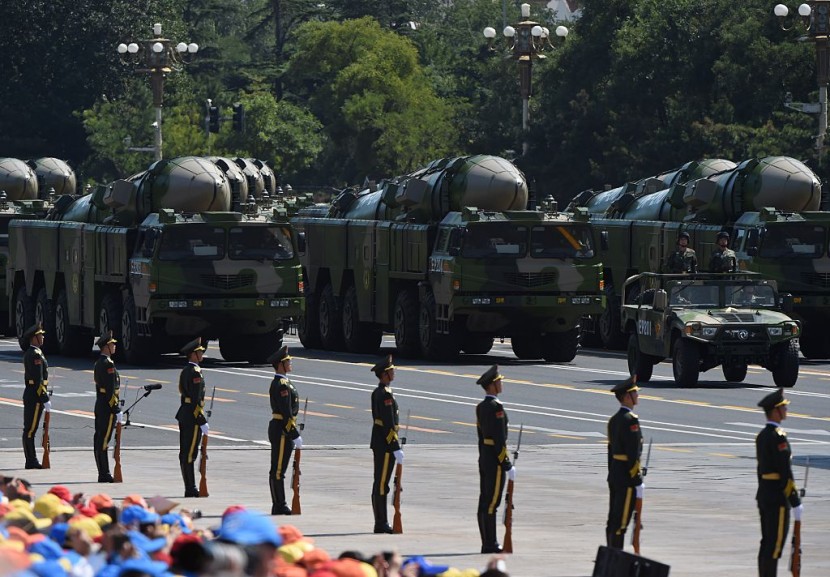
The US Marine corps want to engage the Chinese PLA with Ukraine weapons that are used against Russia, USMC Assistant Commandant General Eric Smith wants to check the rise of Beijing in the Western Pacific and Taiwan too.
US Forces Are Inapt in the Pacific Region
Smith and other US military officers have frequently acknowledged over the years that China's Anti-Access/Area Denial (A2/AD) weapons provide several logistical challenges, basing challenges, and disadvantages reported by the EurAsian Times.
According to Gen. Smith, who was addressing a discussion organized by the Center for Strategic and International Studies (CSIS) and the Naval Institute, the Marine Corps and other services are researching logistics networks to bridge those gaps in the event of a future conflict in the Western Pacific, noted USNI.
With 200 km of range, High Mobility Artillery Rocket Systems (HIMARS), anti-ship missiles (Harpoons), and Switchblade suicide drones, more mobile Marine Littoral Regiment (MLR) troops will be prepared for revised measures under the Force Design 2030 directive. These Ukraine weapons used by the Ukrainian army are not fairing too well.
Future Force Design 2030
Based on the FD-2030 concept, the US Marine Corps will deploy small, mobile units to the first island chain and to friendly nations' islands in the East and South China Seas to conduct long-range attacks against the Chinese military and air assets.
The Nimitz class supercarriers, Arleigh Burke destroyers, and other US vessels in the range of the DF-21D and DF-23 missiles can all be destroyed by PLA rocket troops equipped with ship-killers. The FD-2030 is made to work with the Distributed Maritime Operations of the US Navy (DMO).
DMO will require an increased logistical force and 500 smaller, semi-autonomous or unmanned ships. It cuts major carriers and notable surface combatants while taking routine loads off of them to spread out, approach, and target the Chinese PLA inside the A2/AD bubble.
USMC's Force Design 2030 is consistent with its Expeditionary Advanced Base of Operations' overarching vision (EABO). With additional stand-off weaponry and A2/AD in full swing with the Chinese forces, the threats that the Marine Littoral Regiments confront now differ from those they encountered in the past.
Everything necessary to address it must be done since it poses an imminent threat that cannot wait to be addressed. As the organizing concept spreads throughout the military, the Marines' critical lessons from their training exercises in Luzon, Philippines, can be used.
Multiple Launch Rocket System
A concept must first be war-gamed and tested in the field to determine the hardware's necessity and the units' size. One commenter thought it would be fair to increase the anticipated strength of an infantry battalion from 730 to 810, but this would also require more artillery and transportation.
Smith claims MLRs can shoot and move without the tethered artillery's six-to seven-minute escape window. Marine forces need light armor and the means to transport them, which is crucial to island jumping.
He continued by saying that the systems needed to be flexible and movable in the field, and those organic precision weapons, infantry, and drones needed to be thoroughly tested. The final factor is the budget for purchasing them.
The US Marine corps looks forward to facing the Chinese PLA using Ukraine weapons and tactics for a fast mobile force, dealing with China's A2/AD strategy.
Related Article: US Army Fasttrack Development of Light Battle Tanks Due to Increased Threats From China, Russia
© 2025 HNGN, All rights reserved. Do not reproduce without permission.








